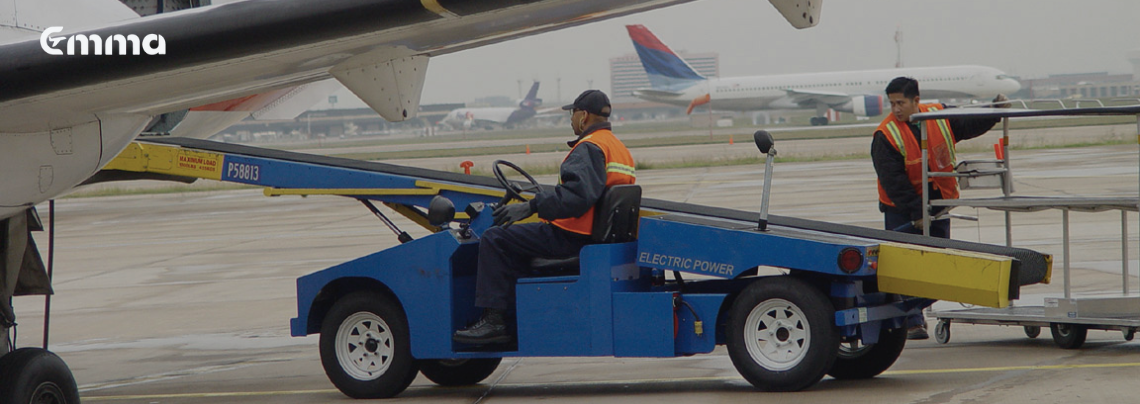Digital Transformation at Airports: It’s All About the Experience!

By Jean Luc Devisscher
14/1/2025
Unlike many industries, airports have traditionally lagged behind in innovation. However, in recent years, they’ve been making strides to catch up by reimagining processes with a fresh focus on the passenger experience, operational efficiency, and resilience to unforeseen events.
But what exactly is digital transformation, and how can it reshape airports?
Understanding Digital Transformation in Airports
At its core, digital transformation is the integration of digital technology into every aspect of a business, fundamentally changing how it operates and delivers value. For airports, it means digitizing operational processes with the passenger and overall efficiency in mind, ensuring a smoother, more enjoyable customer journey.
The journey of digital transformation begins with a thorough review of existing processes, analyzing how they add value, and identifying opportunities for digitization to enhance efficiency. This exercise starts even before passengers set foot in the airport, addressing bottlenecks across the entire travel chain—from transport to baggage handling and ticketing.
Seamless Experiences Before Arrival
Imagine a world where public transport schedules are seamlessly aligned with airport traffic patterns, ensuring enough buses, trains, or shuttles during peak hours. Drivers approaching the airport could receive real-time parking availability updates, guiding them to open spaces and reducing delays.
For baggage, innovative solutions could allow passengers to drop off luggage at city-center collection points or have it picked up by airlines. These changes eliminate long queues at airport check-ins, mirroring the convenience of printing or downloading boarding passes from home.
Streamlining Passenger Flow at the Airport
Airports can leverage data to predict passenger flow, allowing them to allocate resources more efficiently. For instance, staffing at check-in counters and security checkpoints can be adjusted based on real-time and forecasted demand. Retail and dining areas can also adapt to passenger movement, ensuring a balanced distribution of visitors.
With tools like Bluetooth beacons or airport apps, passengers can receive personalized updates on flight boarding times, helping them shop, dine, or relax without crowding specific areas. This not only enhances the experience but also reduces bottlenecks, improving the overall efficiency of the terminal.
For passengers with reduced mobility, self-driving robots can offer a transformative solution. These robots provide autonomy, reduce delays, and ensure an inclusive experience for all travelers.
Optimizing Operations Behind the Scenes
Digital transformation isn’t just about the passenger-facing side; it also brings significant operational benefits. Tools like Airport Collaborative Decision-Making (A-CDM) often in the context of an Airport Operations Center (APOC) enable seamless coordination between all stakeholders, from airlines to ground handling teams.
A-CDM helps airports adhere to strict timelines, reducing aircraft turnaround times and ensuring smooth operations. In cases of disruptions, it provides contingency plans to minimize impact and restore normalcy quickly.
The success of digital transformation hinges on several factors:
- People Buy-In: Engaging staff and stakeholders in the vision.
- Robust Processes: Clear ownership and effective workflows.
- Advanced Technology: Reliable tools for data management, flow optimization, signage, and automation.
Without these elements, transformation efforts risk falling short, becoming little more than a “nice try.”
Ready to Transform Your Airport?
Digital transformation offers a remarkable opportunity to enhance the airport experience while improving operational efficiency. From streamlined passenger journeys to cutting-edge operational tools, the possibilities are endless.
Want to explore how digital transformation can benefit your airport? Reach out to the experts in aviation process consulting and open platform creation today.



